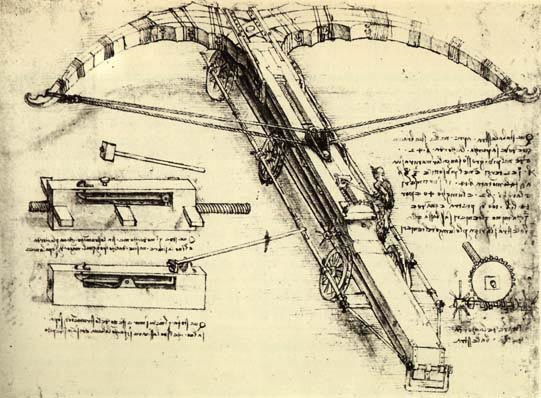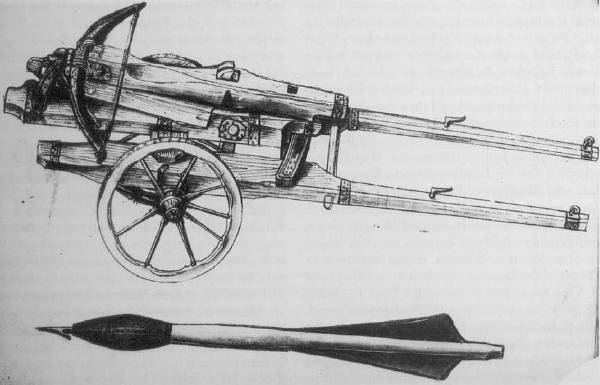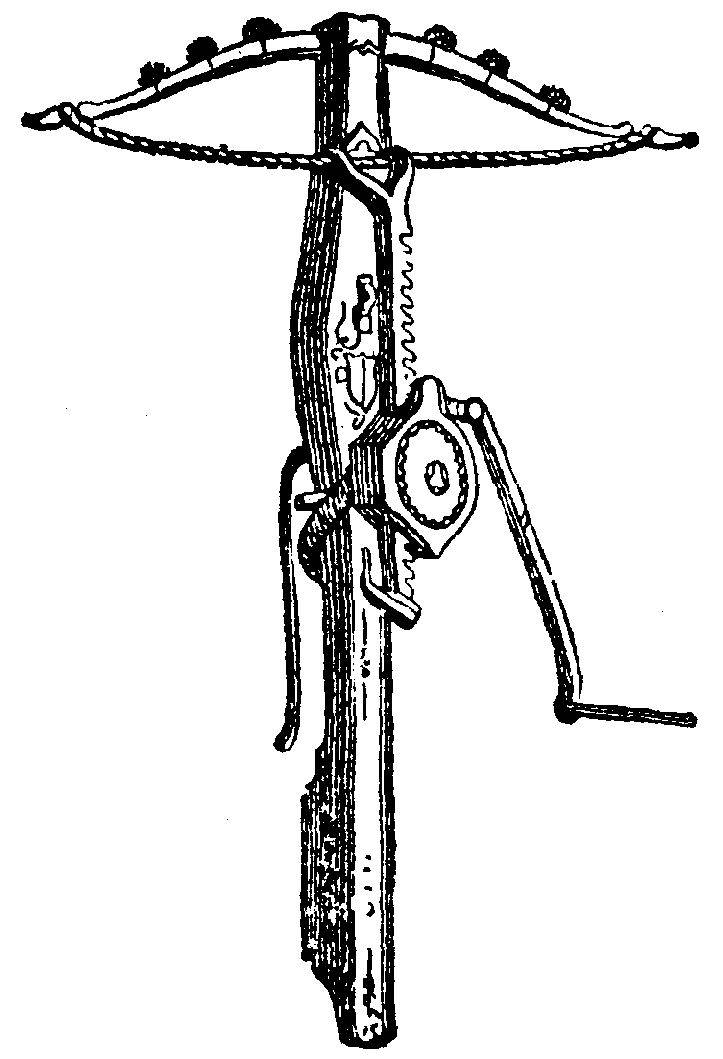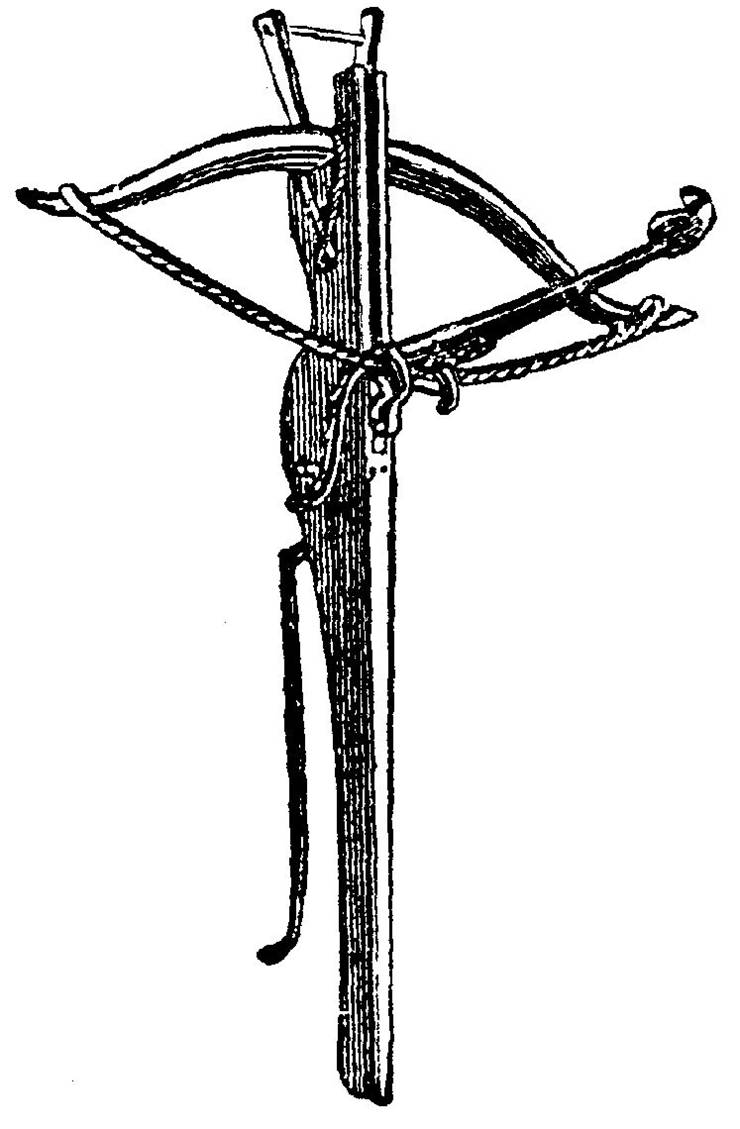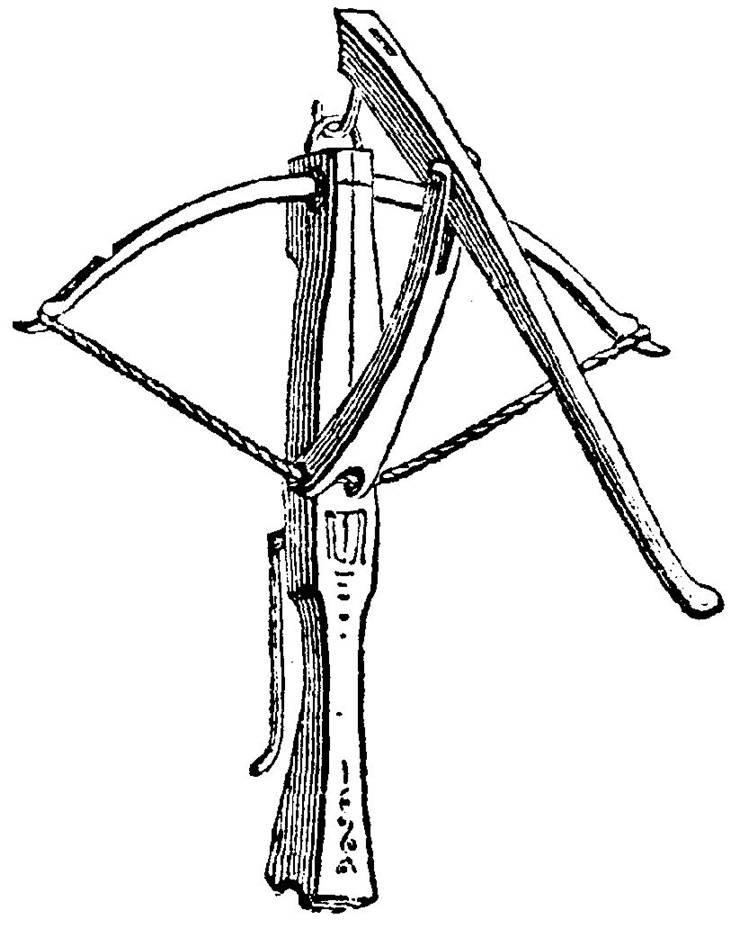History of Crossbows- Medieval Crossbow
Crossbow is a weapon that consists of a bow fixed crosswise on a wooden stock. This stock has grooves on the stock to direct the projectile. Projectiles are called bolts or quarrel and are shorter than traditional arrows although their lengths can vary. Bow of a crossbow is made of wood, iron or steel. Crossbow was used in wars and for hunting and is still in use today as a sport weapon and in hunt.
It is not known for sure when the first crossbows appeared. It is speculated that the Chinese made the first crossbows before the 6th century BC and it is know for sure that they used them during the Warring States period in the 4th century BC. The earliest handheld crossbow stocks with a bronze trigger were found in Tombs 3 and 12 at Qufu, Shandong, capital of the State of Lu and date from 6th century BC. Repeating crossbows that could fire more bolts without the need to feed the crossbow by hand, were first mentioned in the Records of the Three Kingdoms, were found in 1986 in Tomb 47 at Qinjiazui, Hubei Province, and originate from the 4th century BC. Chinese also used crossbow catapults at the same time. Sun Tzu's mentioned use of crossbows in his book “The Art of War”. Chinese military manuscript “Wujing Zongyao” from 1044 says that the cross bow was the most effective weapon against northern nomadic cavalry charges.
Crossbow appeared in Europe in the shape of “gastraphetes”, an ancient Greek crossbow. It was described for the first time in the 1st century by the Greek author Heron of Alexandria in his work “Belopoeica” and it was different from the Chinese crossbow in a way they were cocked. Heron said that gastraphetes appeared for the first time in 5th century and were used in the Siege of Motya in 397 BC. Crossbow was also popular weapon in Medieval times so much that they almost replaced standard bow and arrow. Longbows could shoot as precise as crossbows and faster them but soldiers could shoot with crossbows with less training and be as proficient in less time. Later crossbows called arbalests had steel bow and could shoot further and with more penetration strength than longbows but were more expensive to make and slower to reload. In the armies of Europe crossbowmen held a central position in battle formations. They attacked the enemy before an assault of mounted knights and protect their infantry. They were held in so high esteem that they were paid higher than other foot soldiers and in some armies were granted status on par with the knightly class. New drawing mechanisms like pushlever and ratchet enabled the use of crossbows on horseback but crossbows fell out of favor in 16th century when firearms appeared on the battlefields.
That didn’t mean the end of the crossbows. They were, for instance, weapon of beekeepers in Europe until the 17th century. They kept their hives in the woods and had to defend them against bears. Their guild was granted the right to bear arms and the crossbow was their weapon of choice. Sporting crossbow was also used as a hunting weapon in Europe until the 18th century.
Today, crossbows are used for target shooting and for hunting. Scientists used them to collect skin and blubber samples from live whales. Crossbow also has military use in some places. It is used by some militaries, tribal forces, and in China even by the police forces. In military actions they are used for used for ambush and anti-sniper operations and as a method to establish zip-lines in difficult terrain.
